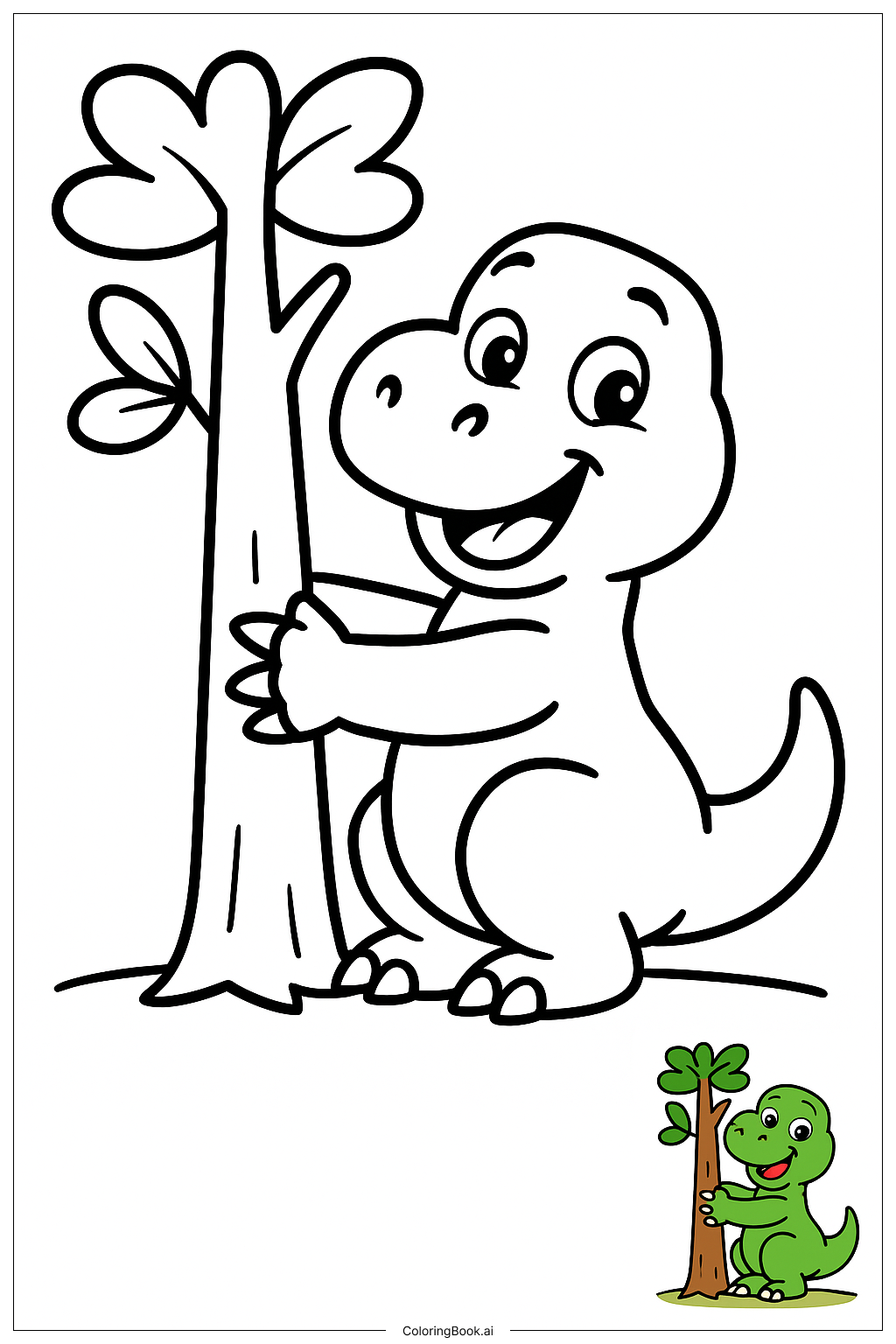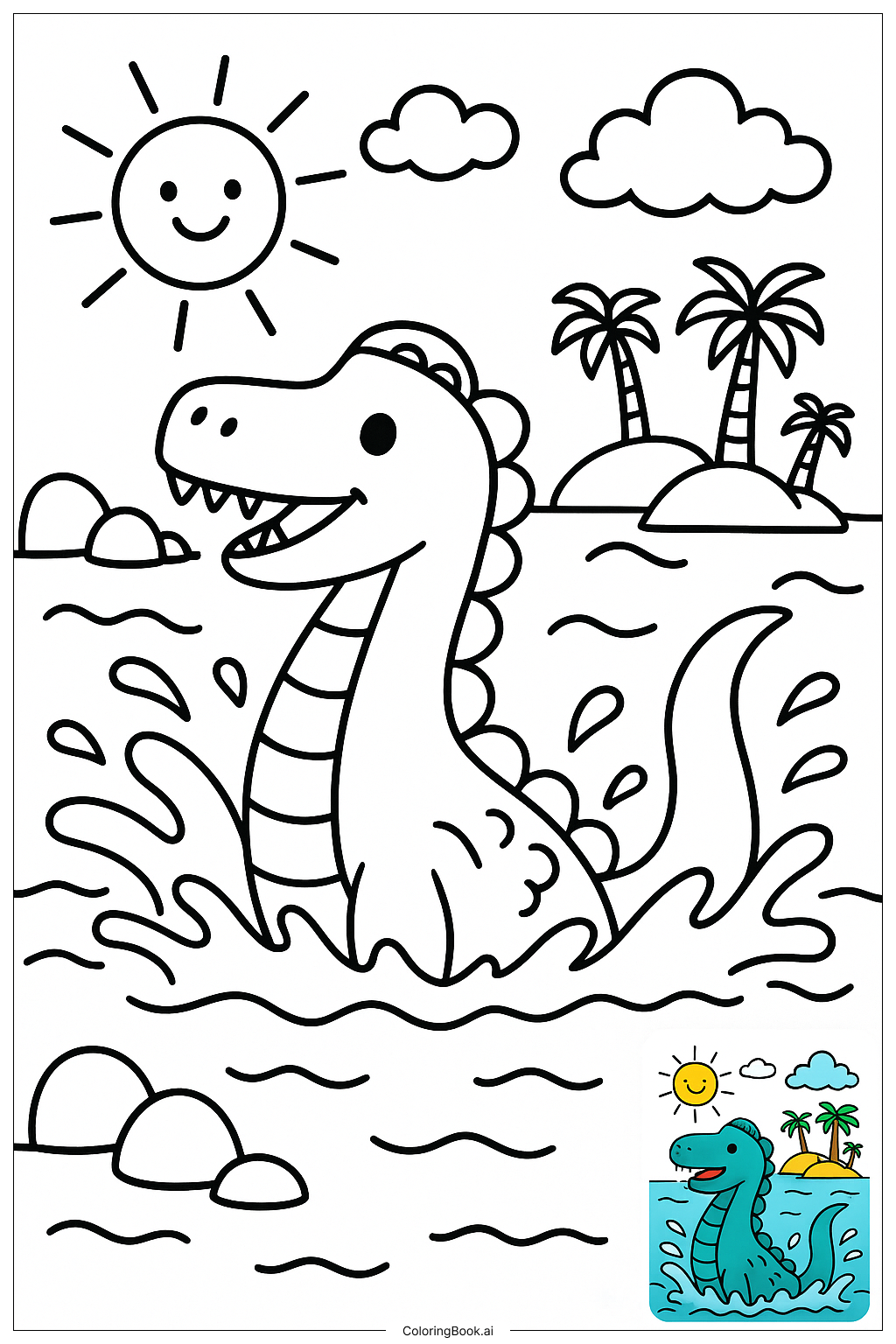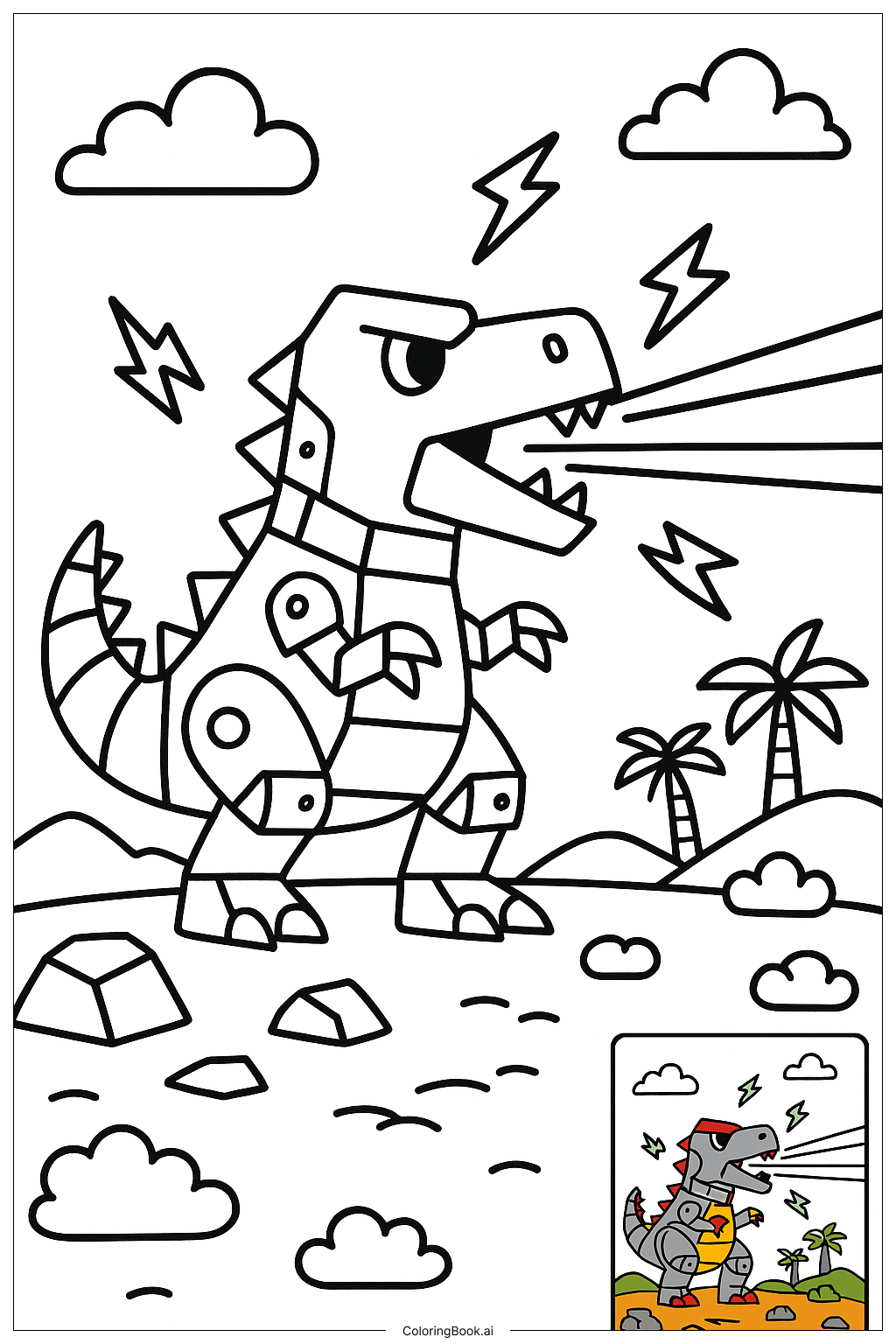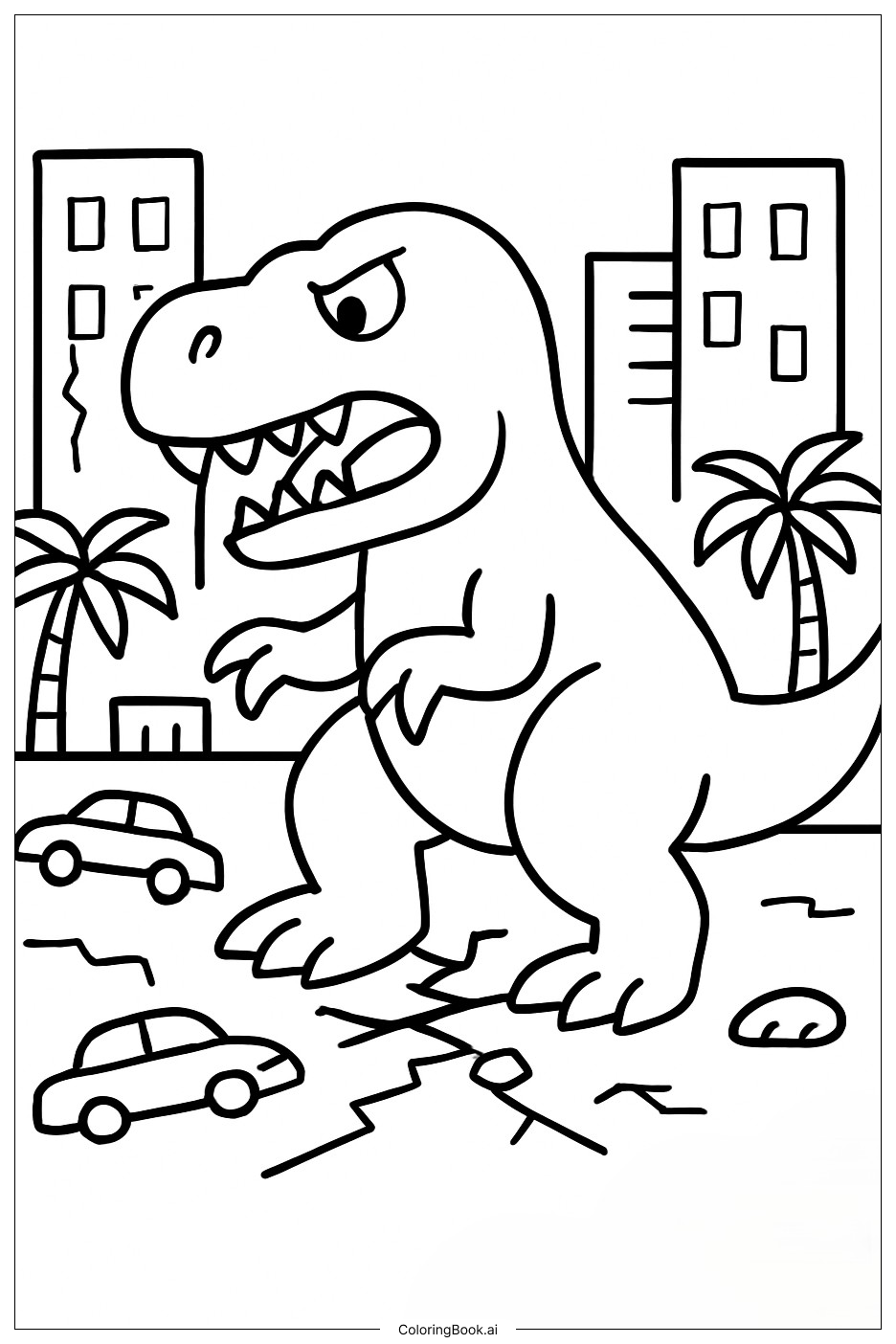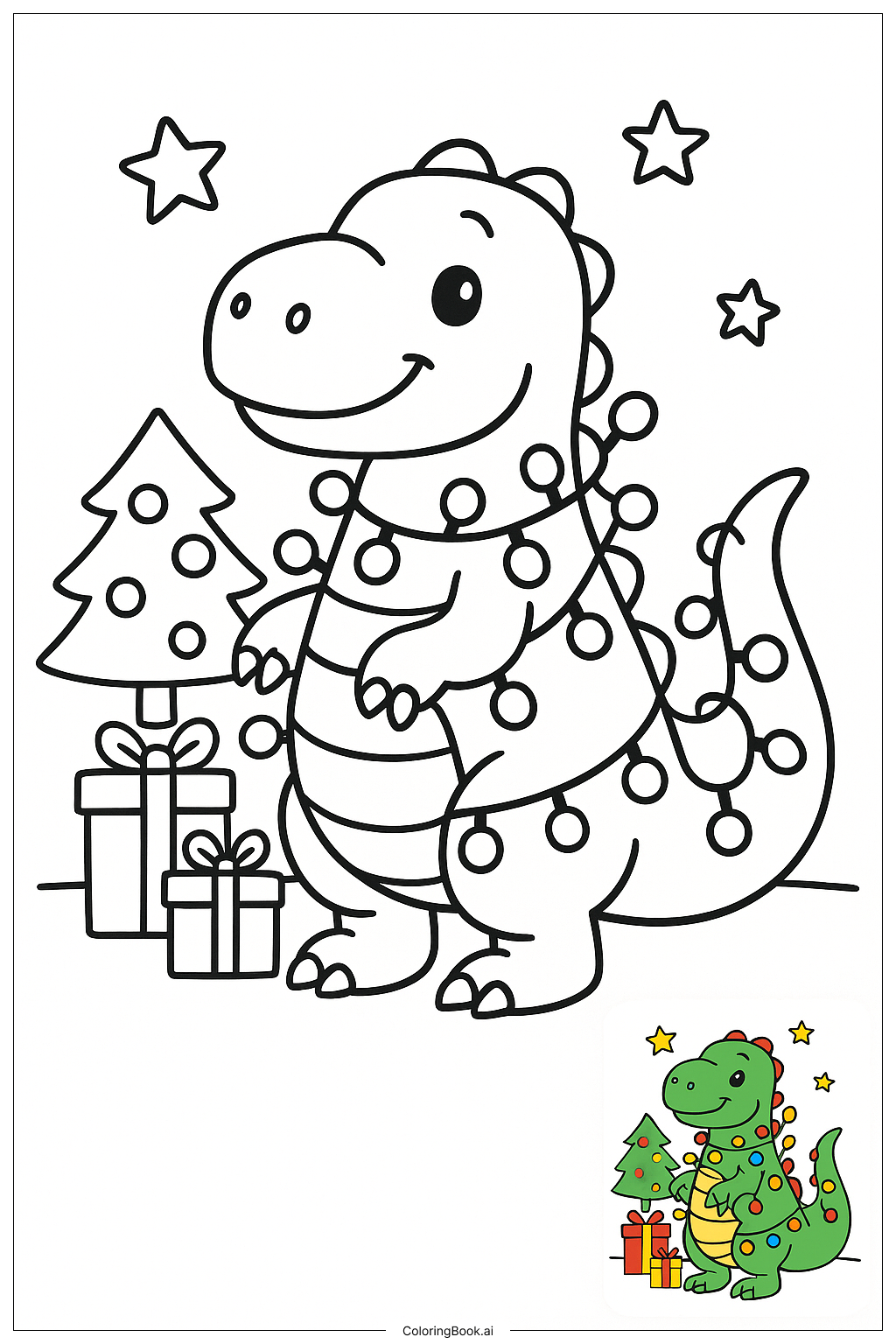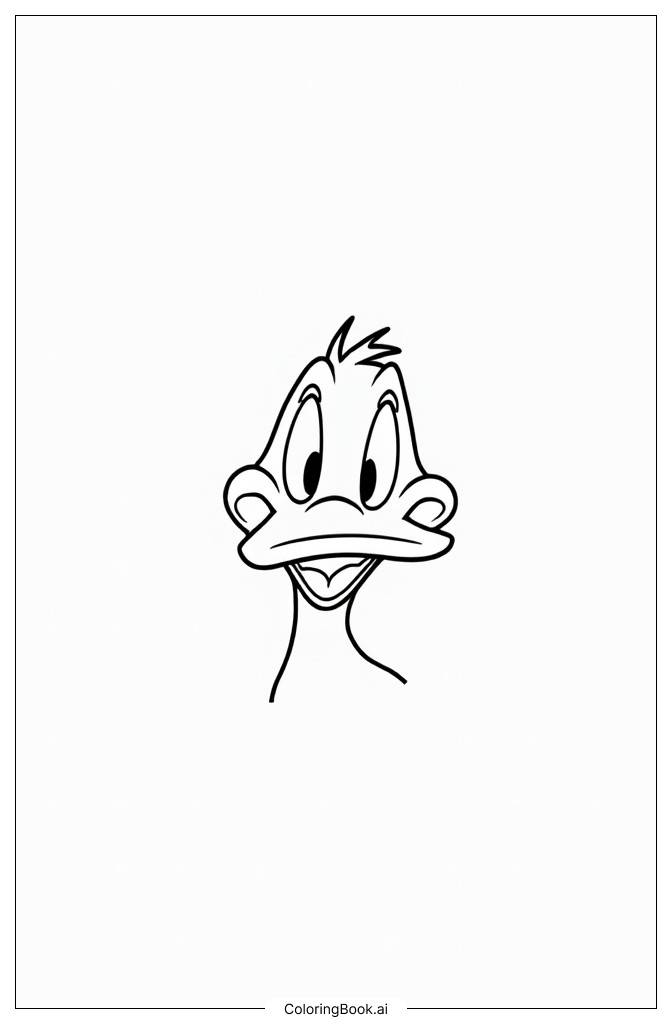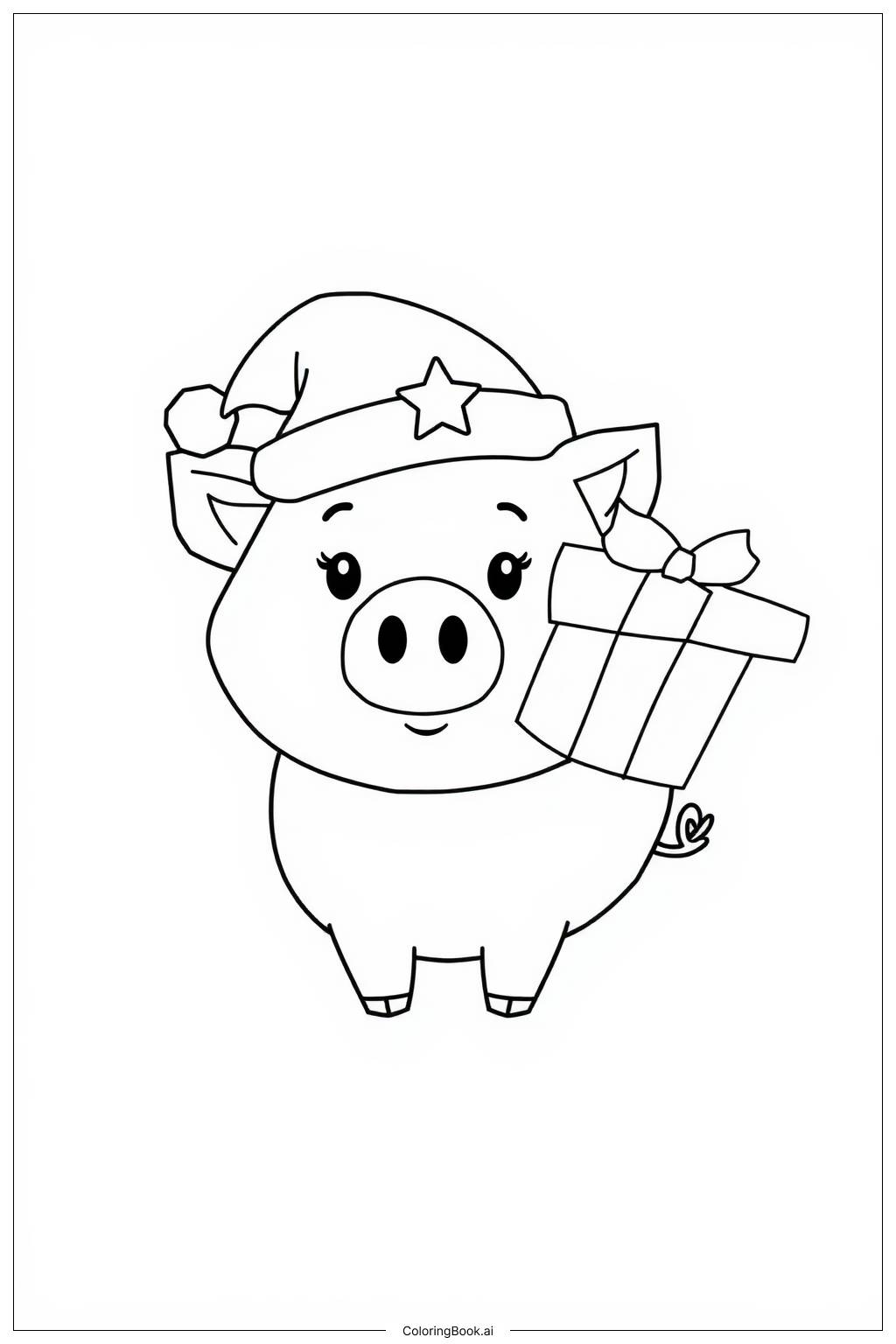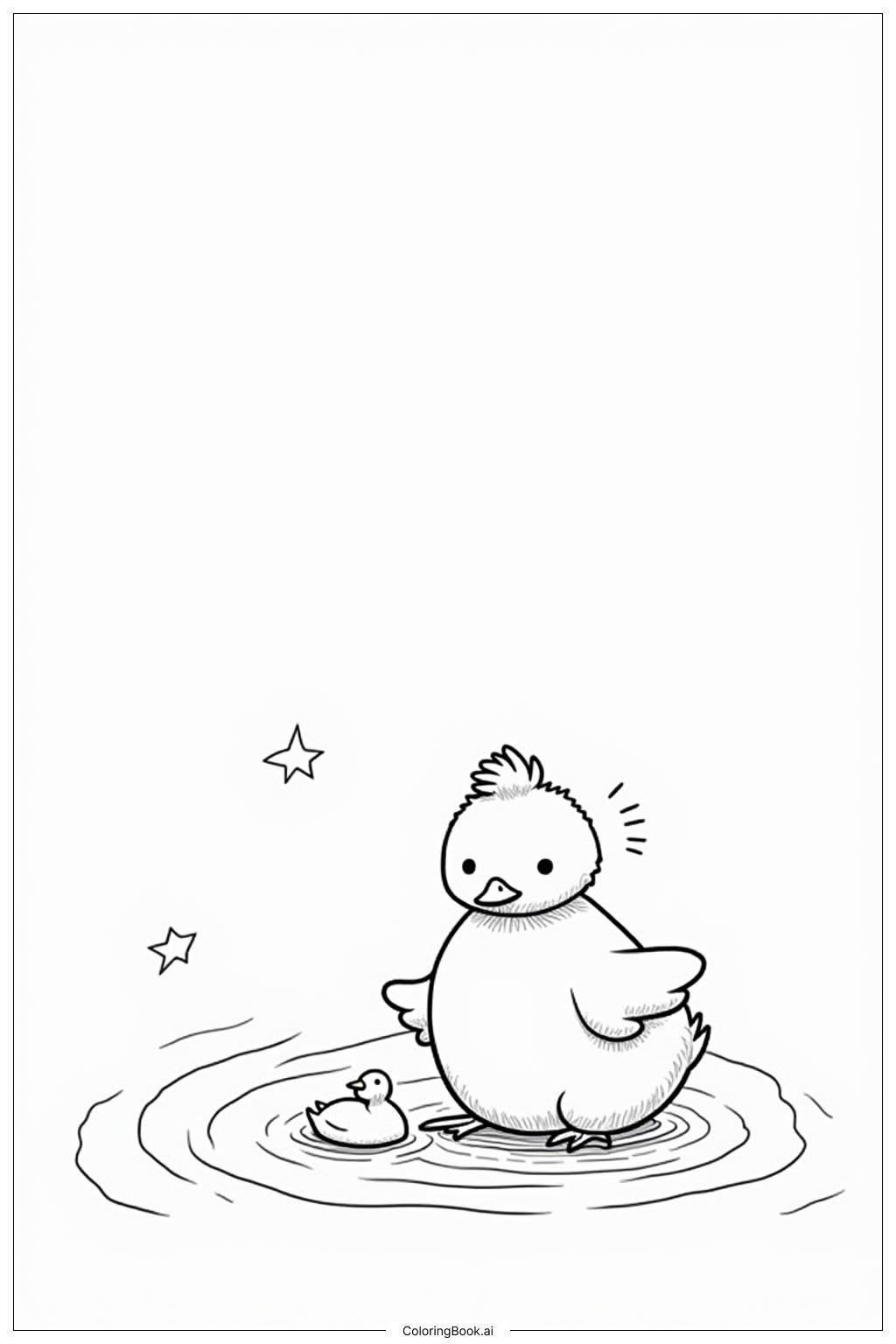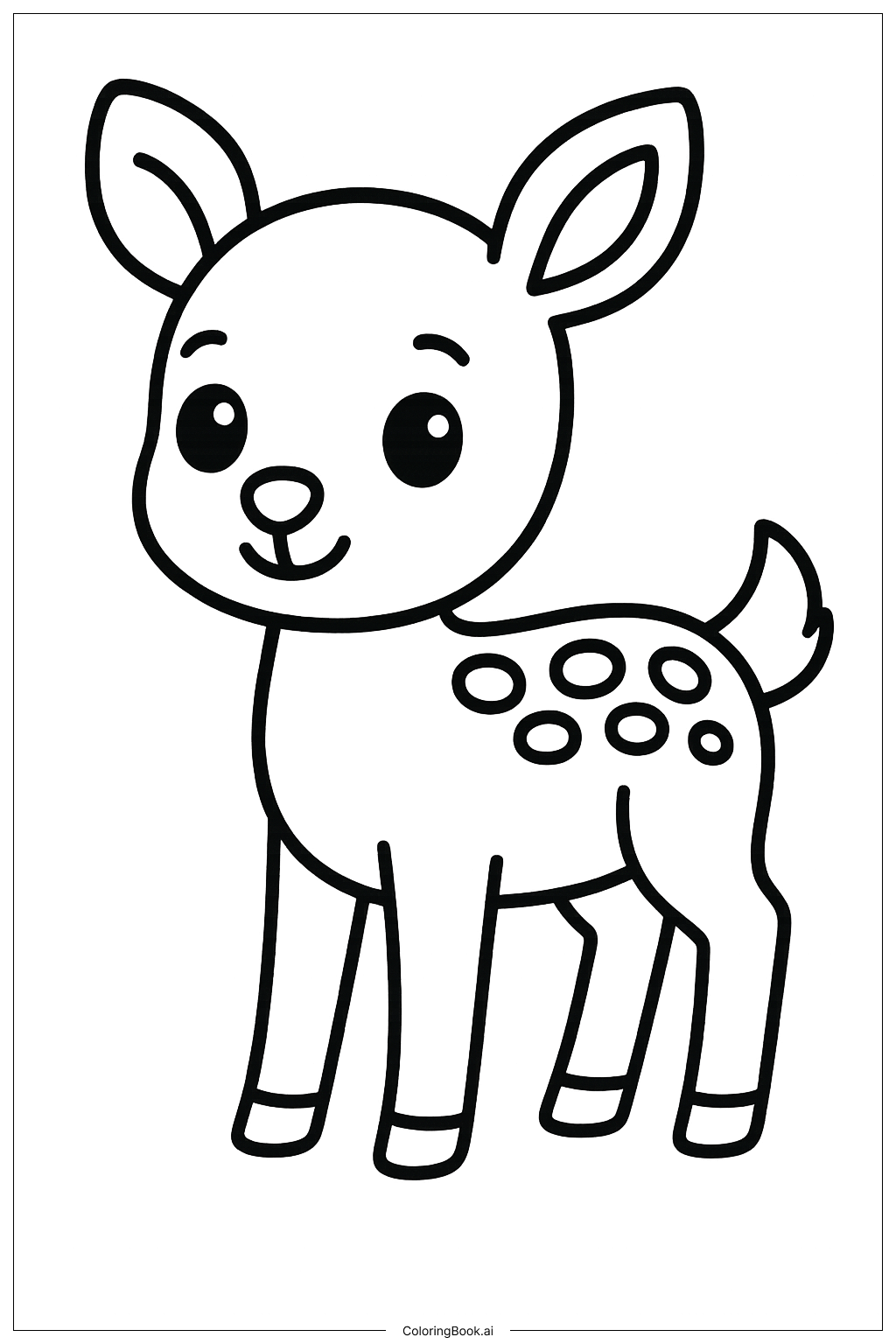Coloring tips: How to color Dinosaur Hugging Tree coloring page well?
When coloring this picture, try using bright and cheerful colors. For the dinosaur, shades of green work well to show a friendly dinosaur. You can also use light yellow or orange for a different look. The tree trunk can be colored brown or dark orange to give a natural feel. For leaves, use various shades of green to make the tree lively. Feel free to add some blue or purple tones for a creative touch. The ground can be light green or beige to show grass or soil. Use crayons or colored pencils for smooth coloring. Pay attention to coloring inside the lines but don't worry if it's not perfect. Add some shadows under the dinosaur and tree trunk with darker colors to give depth. Have fun blending colors to make your dinosaur and tree vibrant and lively!
Coloring challenges: Which parts are difficult to color and need attention for Dinosaur Hugging Tree coloring page?
1. Small spaces: The dinosaur’s fingers holding the tree and the leaves have small areas that require careful coloring to avoid going outside the lines.
2. Curved shapes: Coloring the rounded body and face of the dinosaur smoothly can be tricky for beginners.
3. Consistency of color: Keeping the color even on big spaces like the dinosaur’s body and tree trunk without streaks can be hard.
4. Leaf details: The leaves have many small shapes close together, needing precise coloring.
5. Adding shadows: Creating shadows under the dinosaur and tree may be challenging to make the image look more real and 3D.
Benefits of coloring books: Advantages of drawing Dinosaur Hugging Tree coloring page
Coloring this image helps children improve their hand-eye coordination while controlling their coloring tools. It encourages creativity by allowing kids to choose their favorite colors and experiment with various shades. The simple shapes and joyful theme boost confidence as kids complete the picture. It can also calm the mind, reducing stress during coloring time. Coloring helps children learn about dinosaurs and nature, sparking interest in science and art. Overall, it is a fun way for children to develop fine motor skills and relax.
